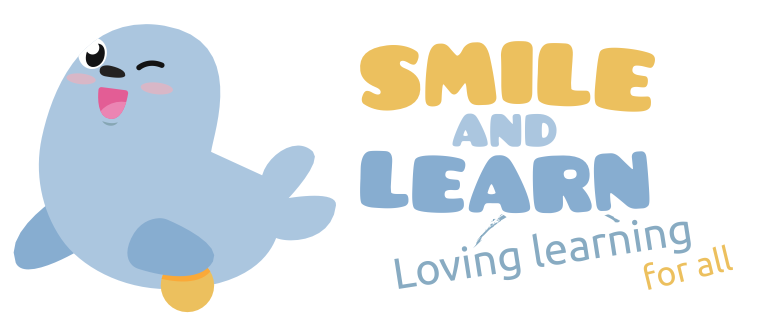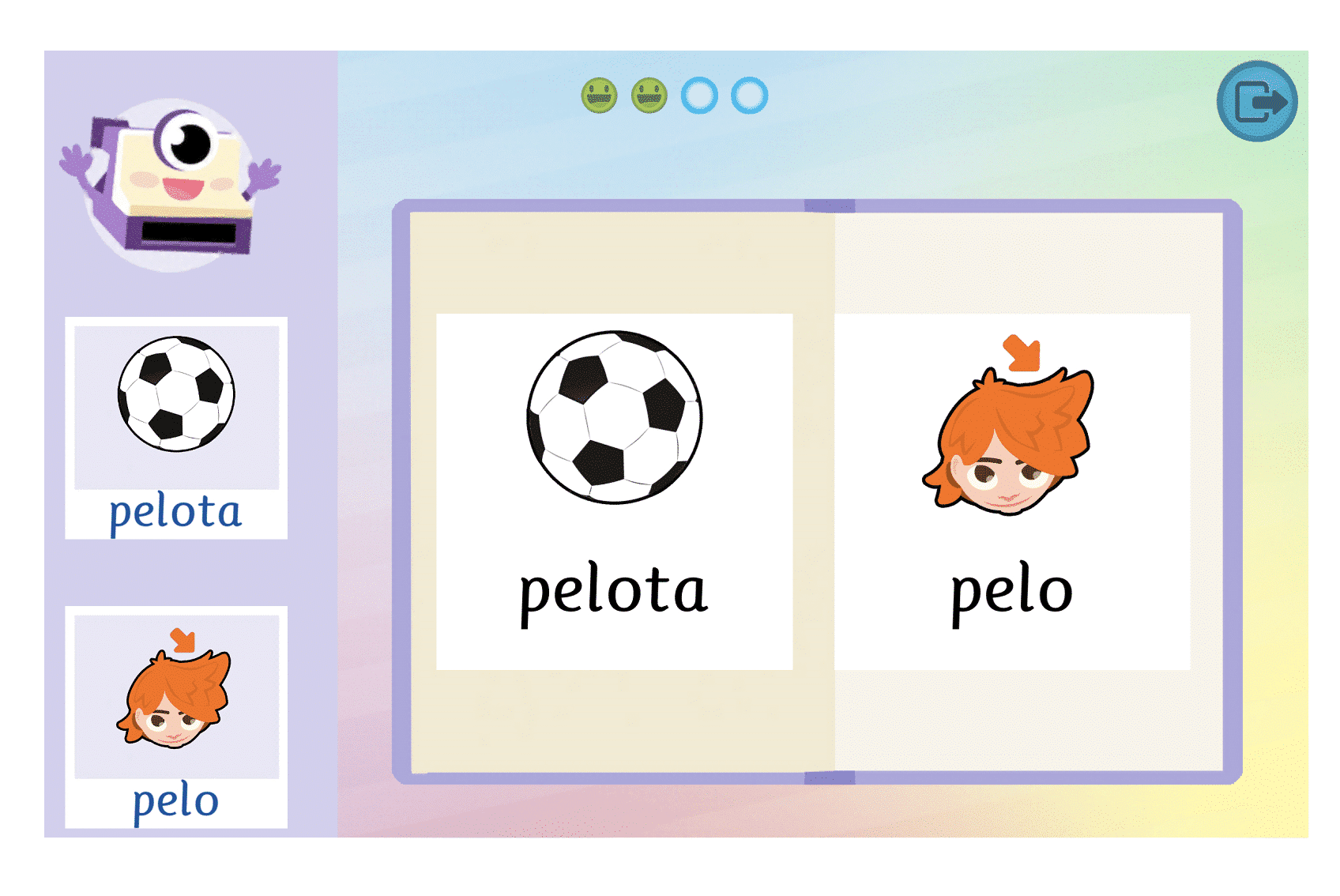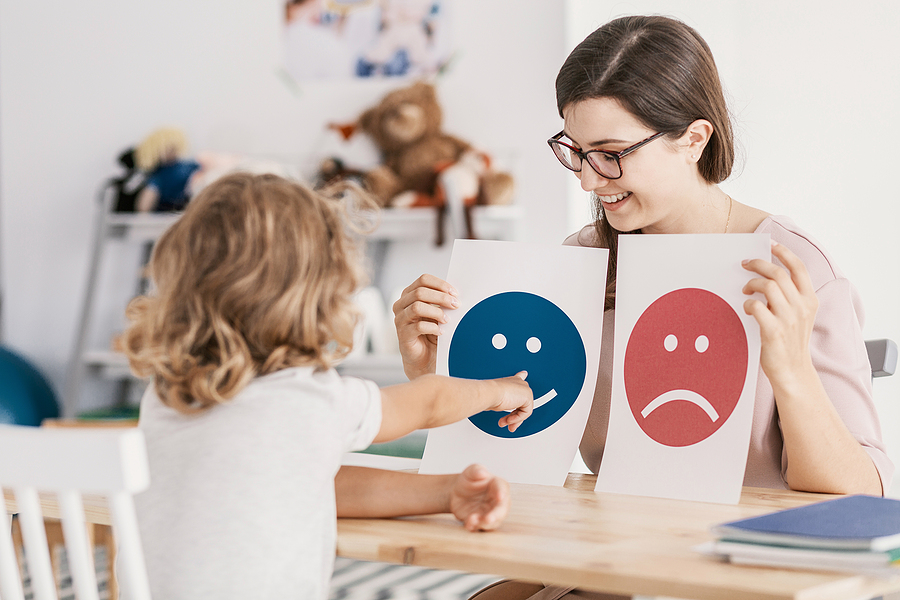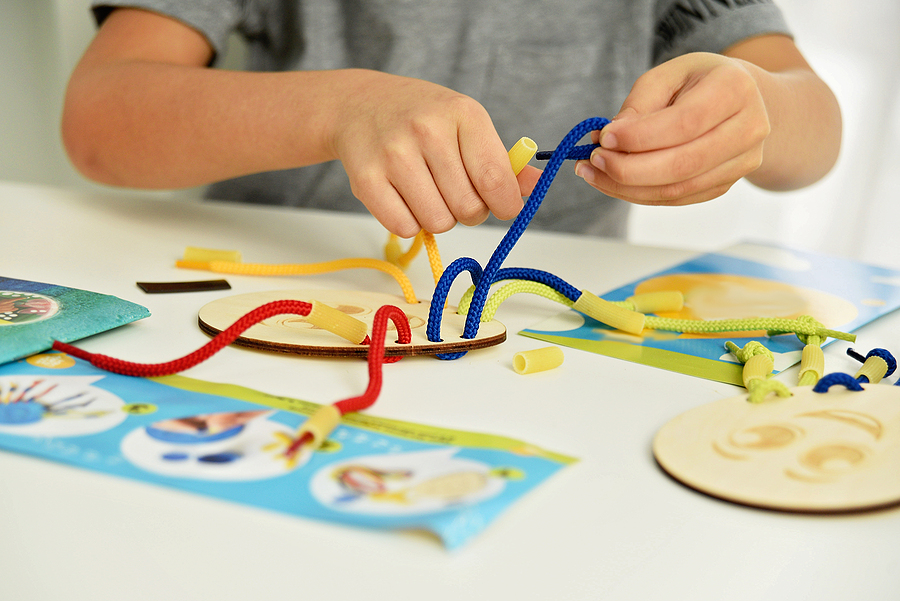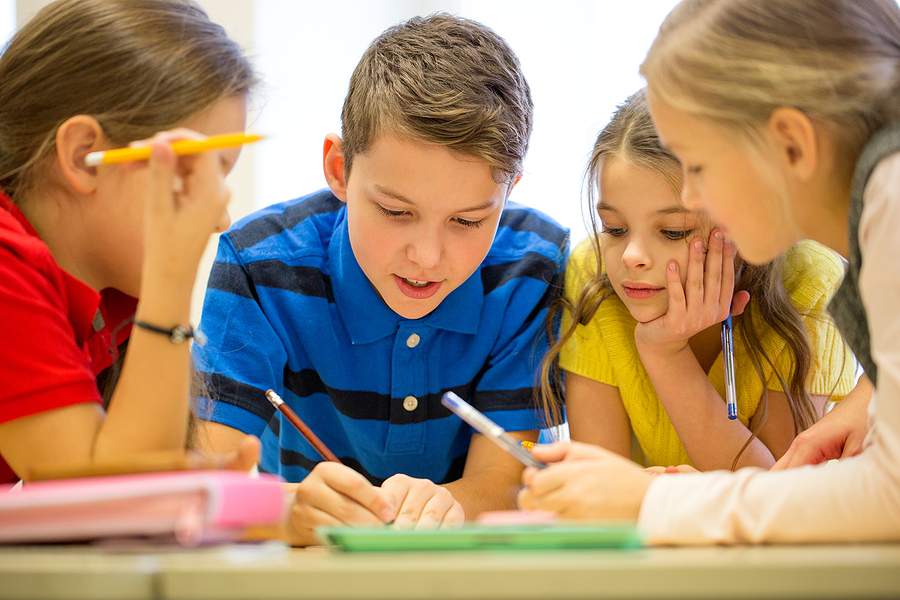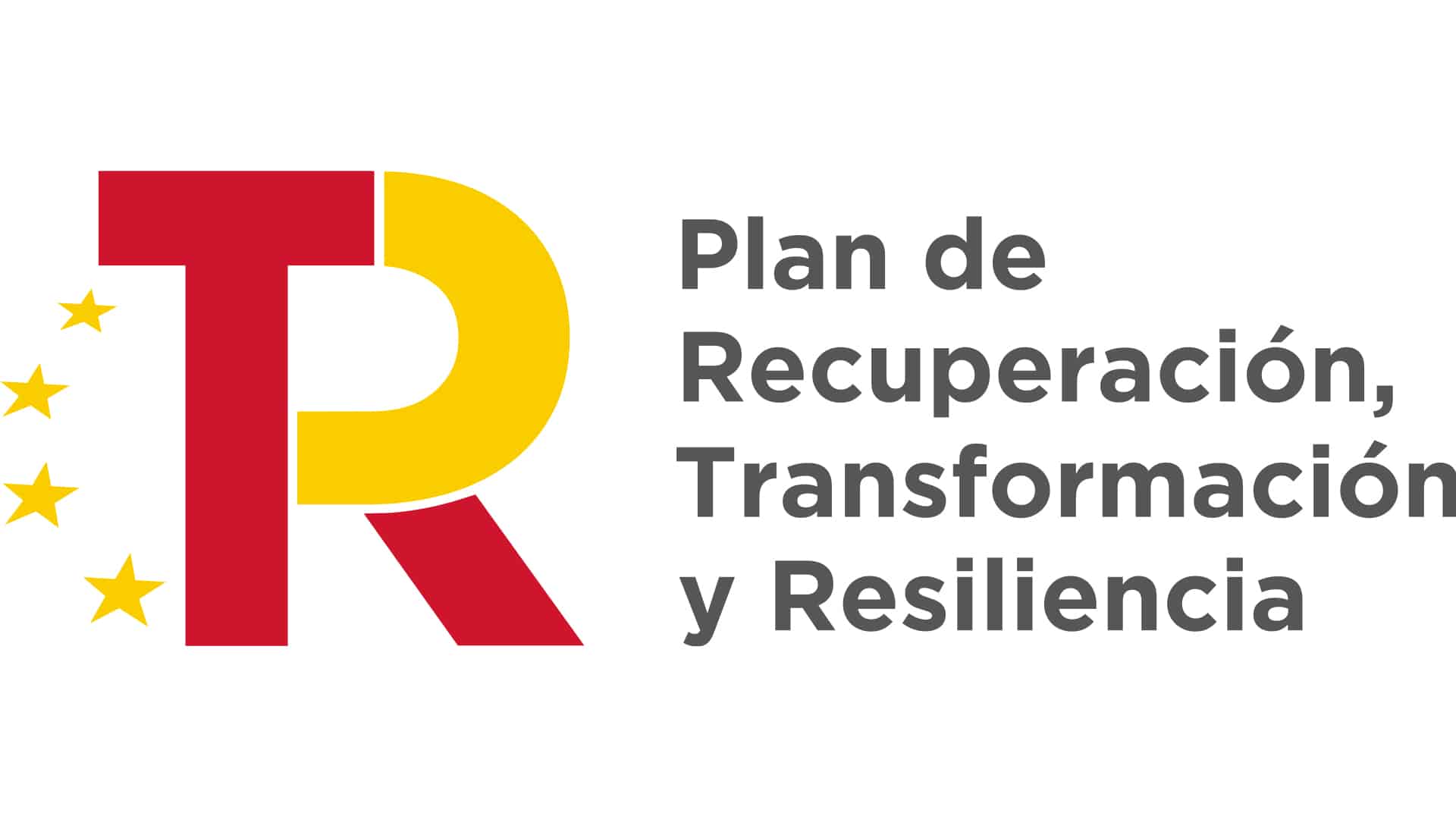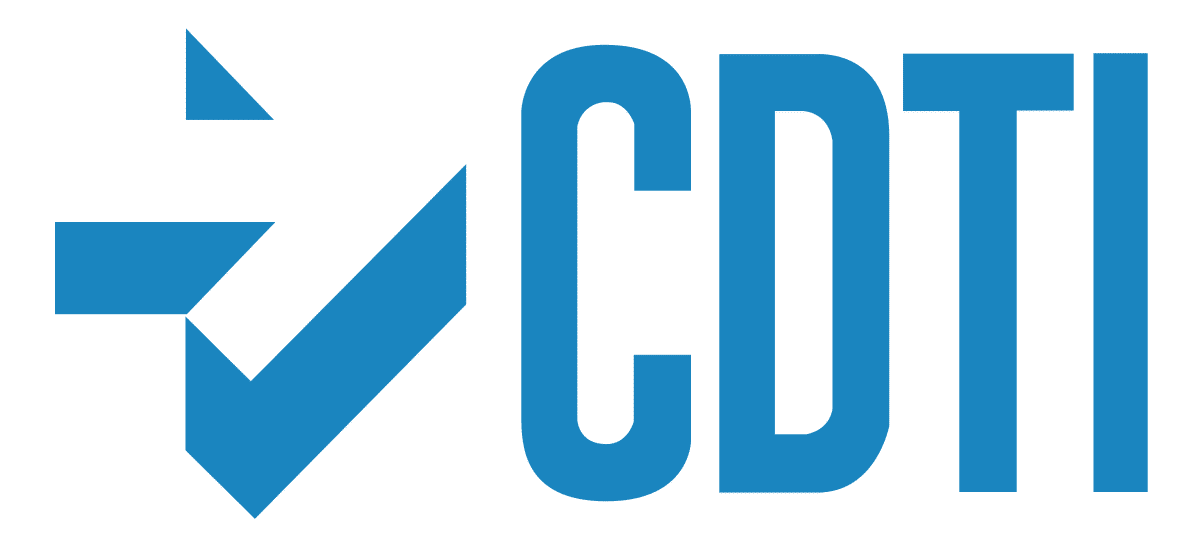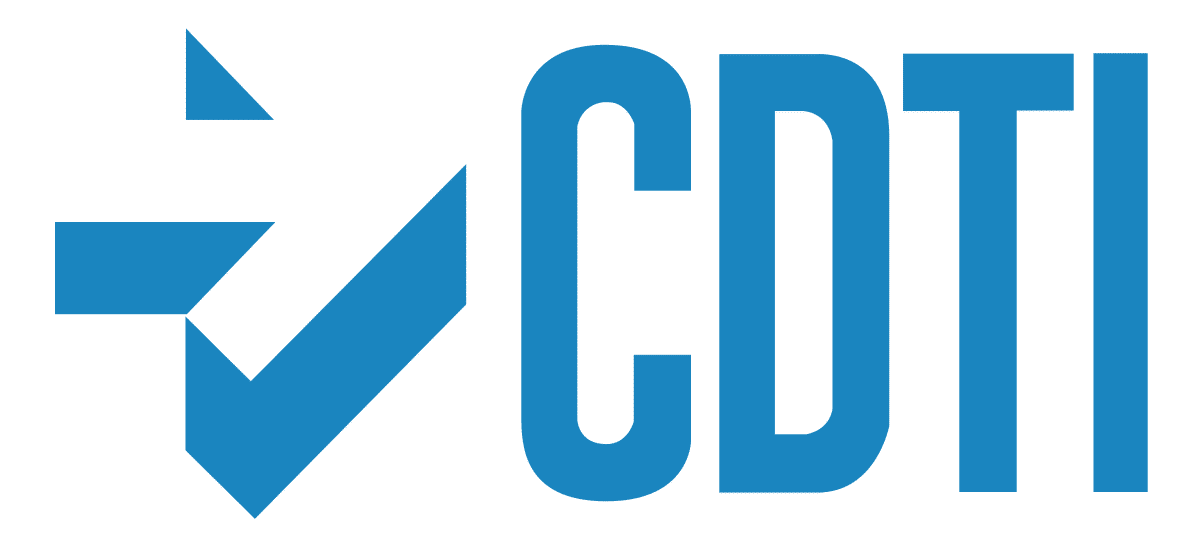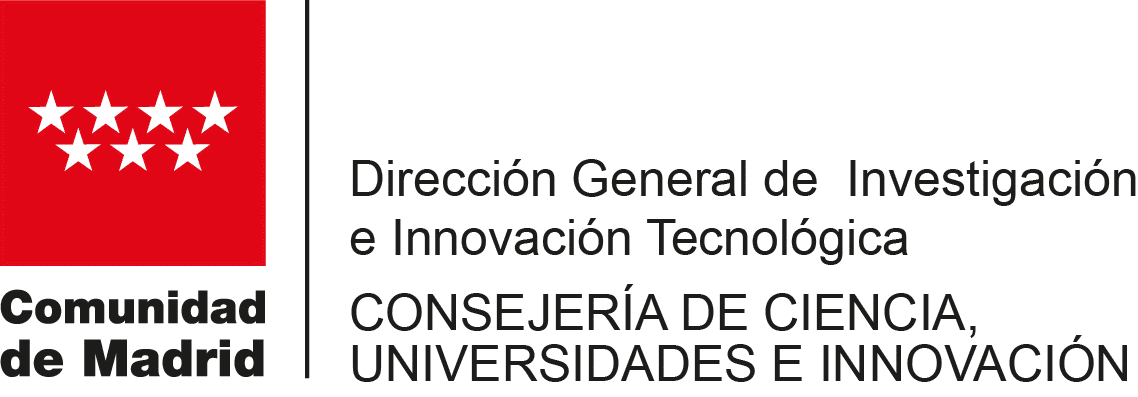There are different methods for teaching reading in childhood. Traditionally, they have been grouped into two main categories: the so-called synthetic methods, which start from the unit (letter or phoneme) to build a word, and the analytical methods, which begin by teaching the whole word and then break it down into smaller units. These methods are those that develop the so-called global reading, commonly used in children with special educational needs derived from cognitive deficits or developmental disorders.
Some advantages of using global reading in these groups are the following:
- Reading is meaningful from the very beginning, since the main strategy is the pairing of two elements, one written and the other composed of an image. The level of abstraction is lower with respect to the letter or phoneme and therefore easier to understand.
- It allows for a rapid generalization of the reading learning process to the context through the use of strategies for labeling elements in the environment. This serves a dual function: to enhance environmental information and to stimulate reading curiosity.
- It can be tailored to the individual’s centers of interest by creating personalized materials that increase motivation for learning.
The overall reading process begins with a good selection of vocabulary containing terms that are familiar and of interest to the individual. The dynamic consists of matching the words with their respective images, gradually removing the aids (for example, you can put the support word in the image at the beginning) and progressively increasing the difficulty (including new vocabulary or increasing the number of available options). In a second phase, the learned words will be divided, first into syllables and then into letters, in order to compose new words from them.
Structure in the work sessions, frequency of reading activities and recording of children’s progress will be key to progress in learning, as long as you do not forget to… combine it with a bit of fun and make the reading tasks playful.
Guadalupe Montero – Special Educational Needs Director
